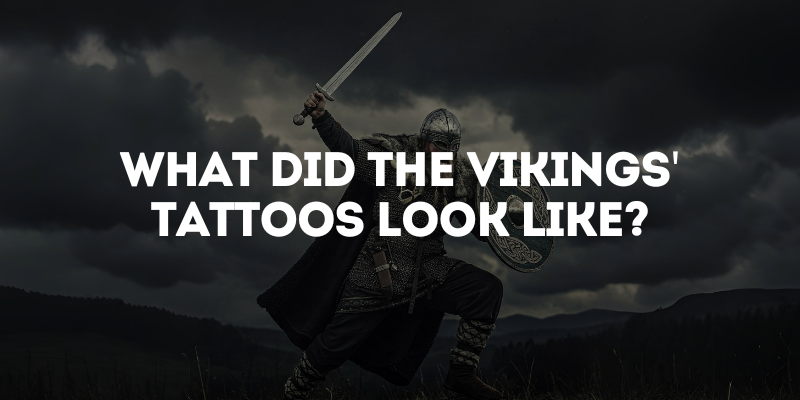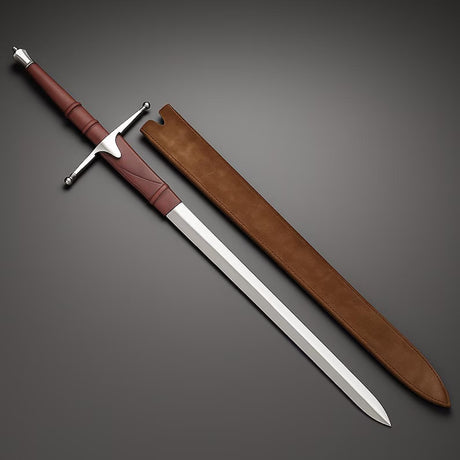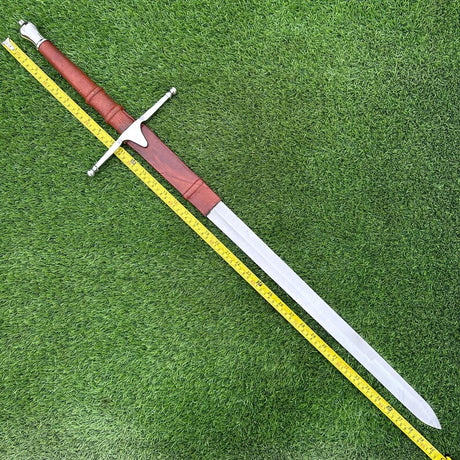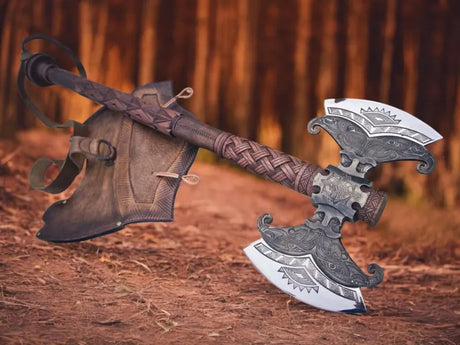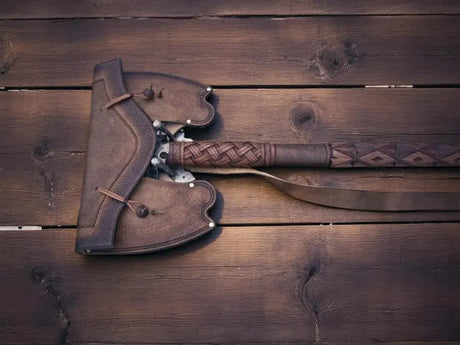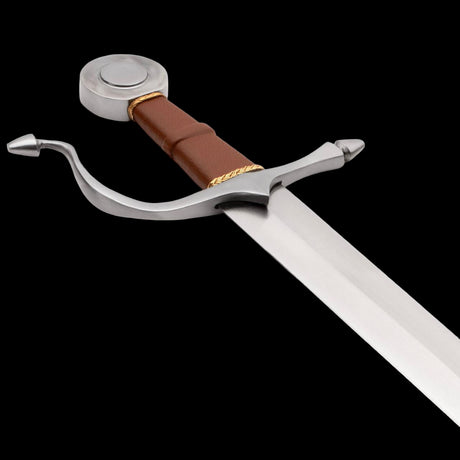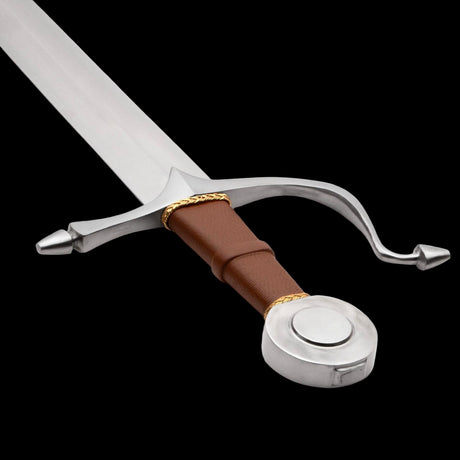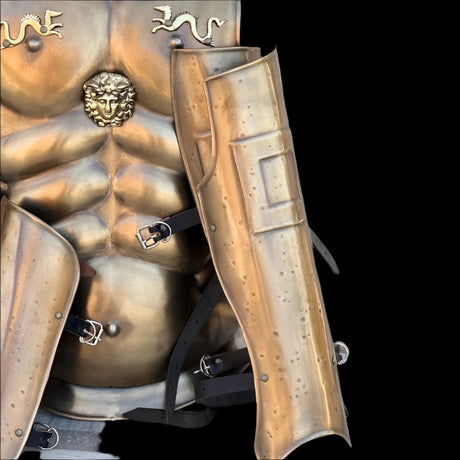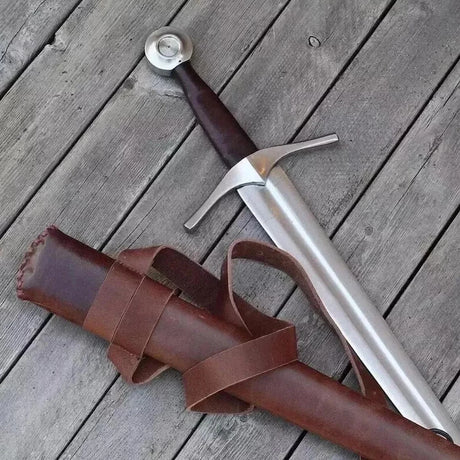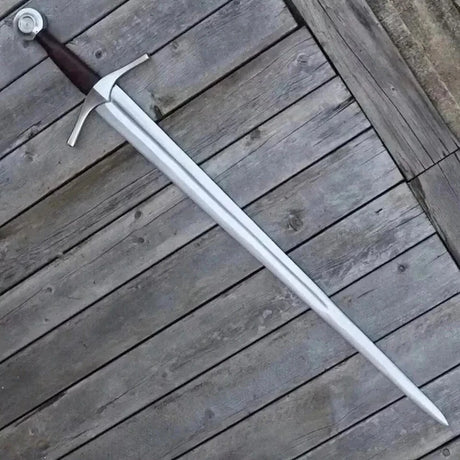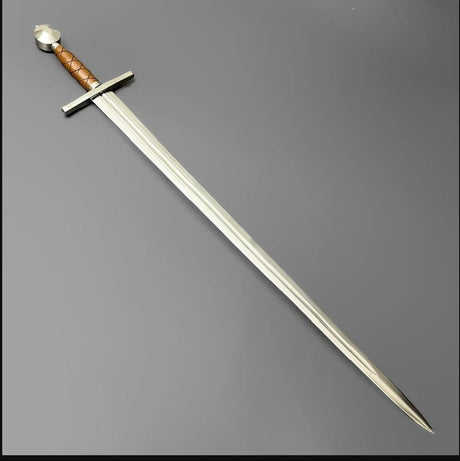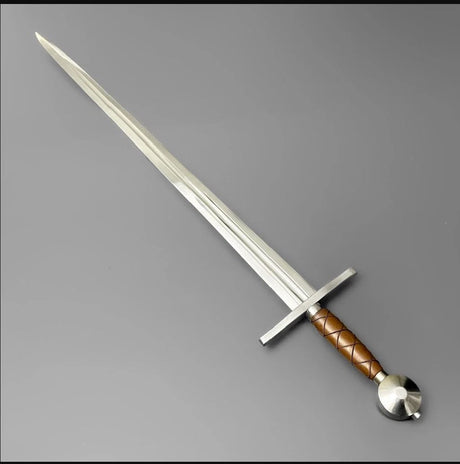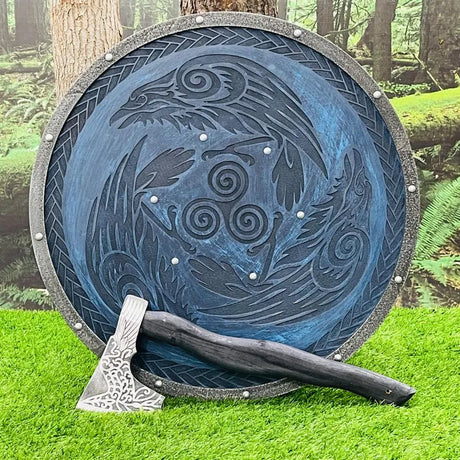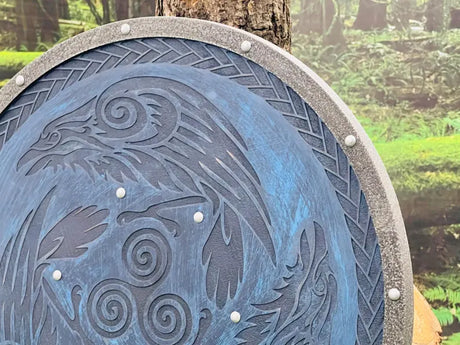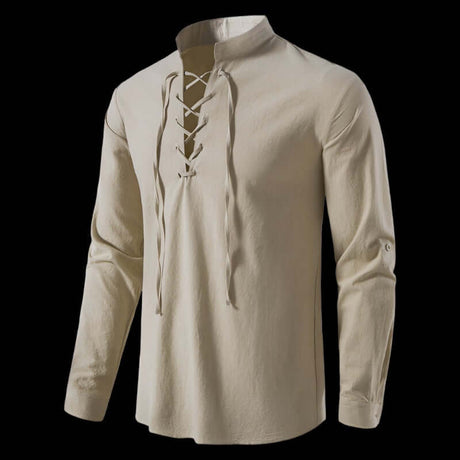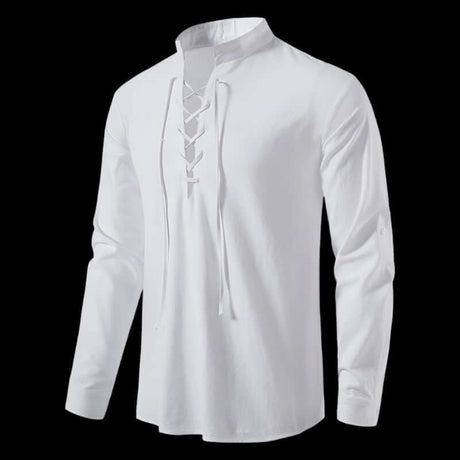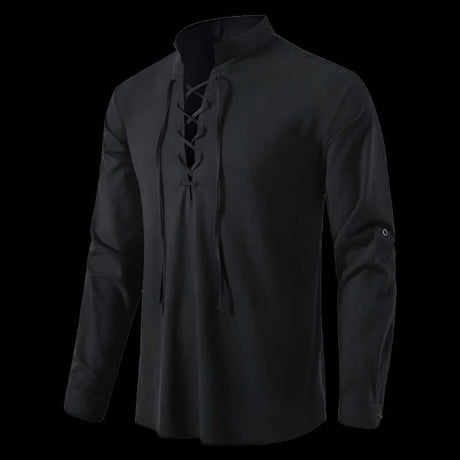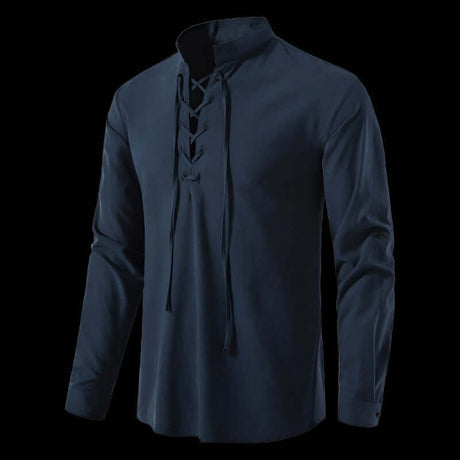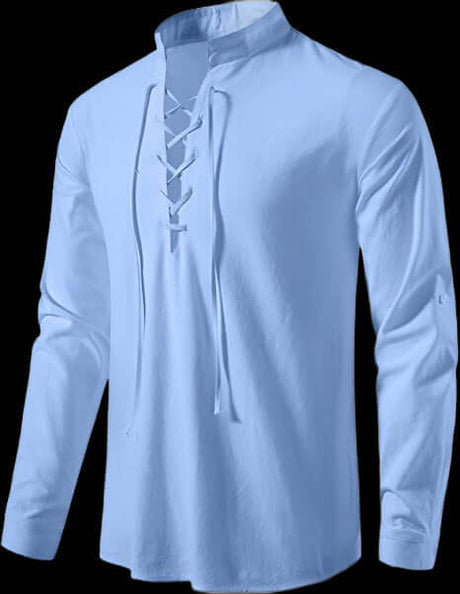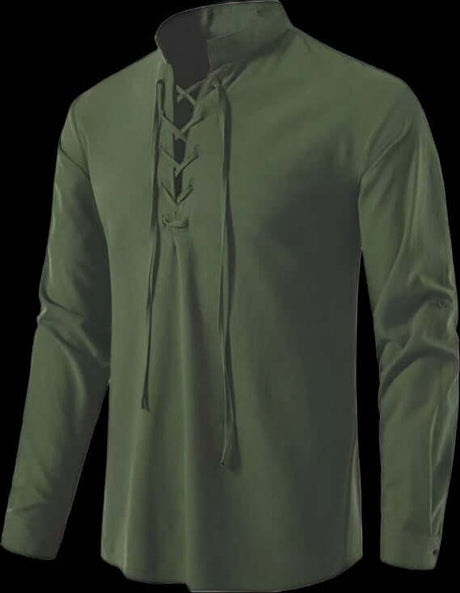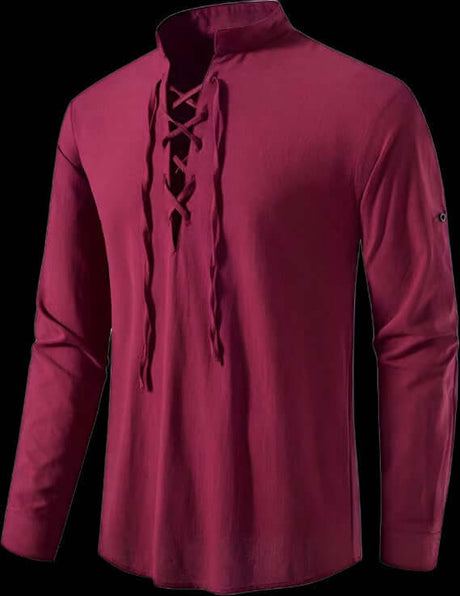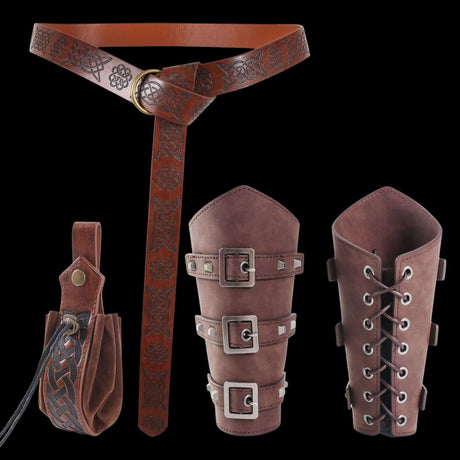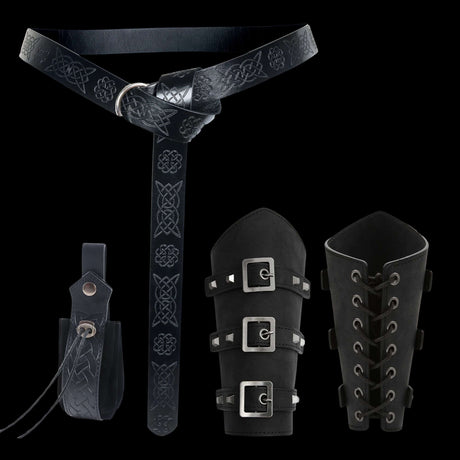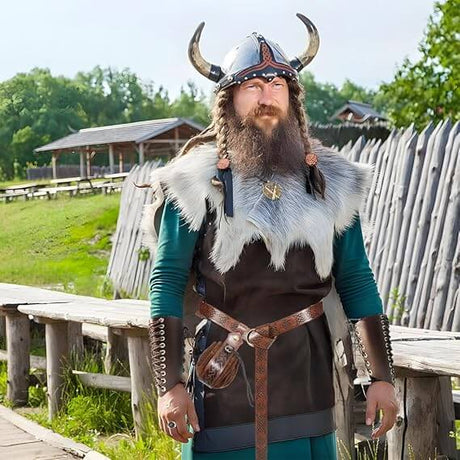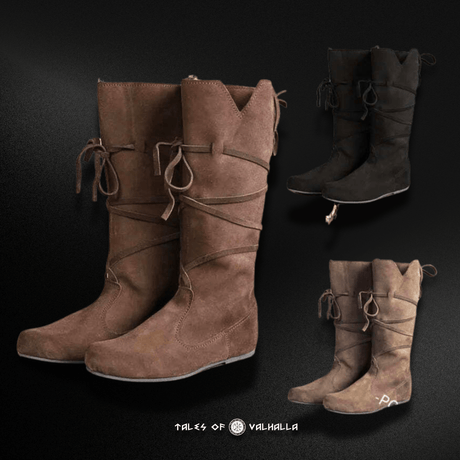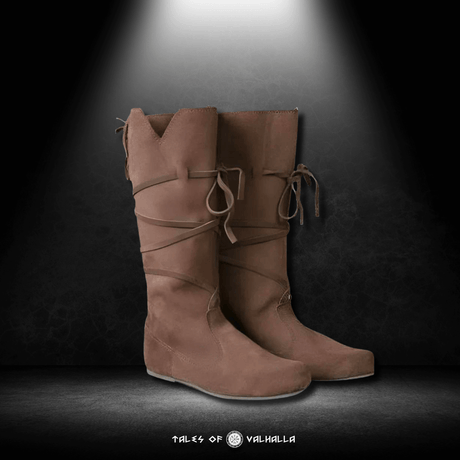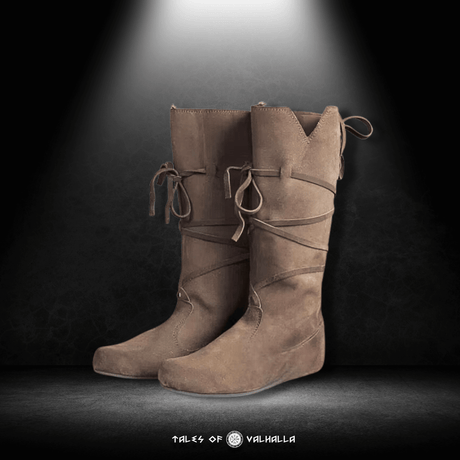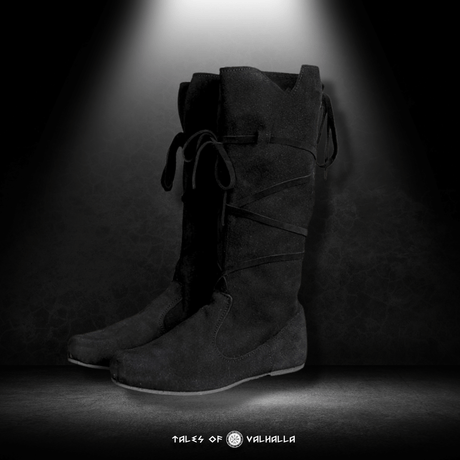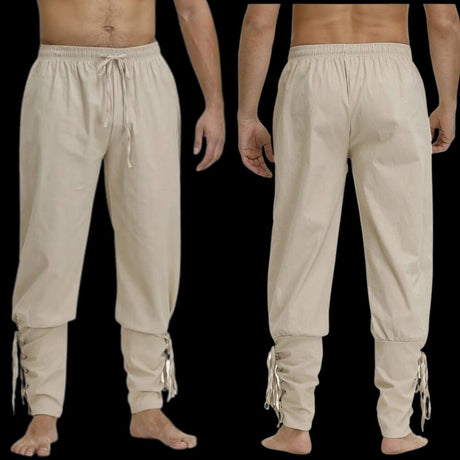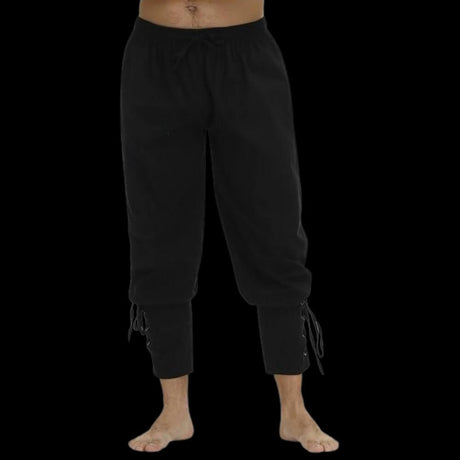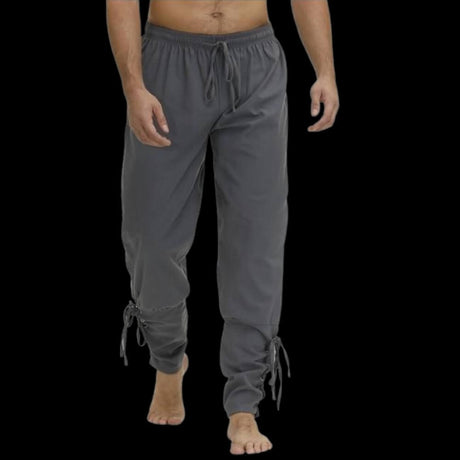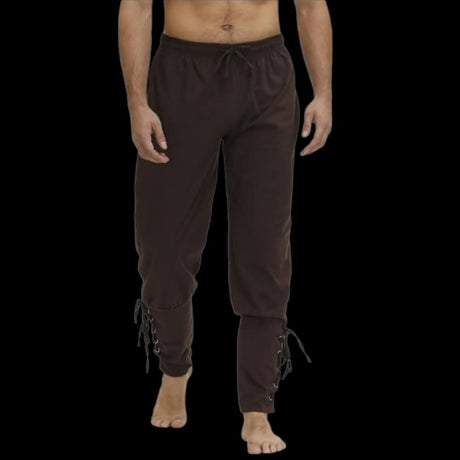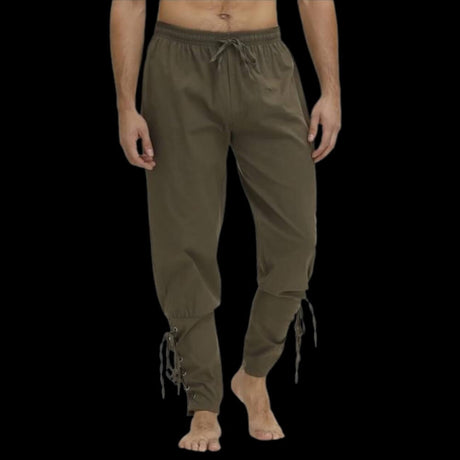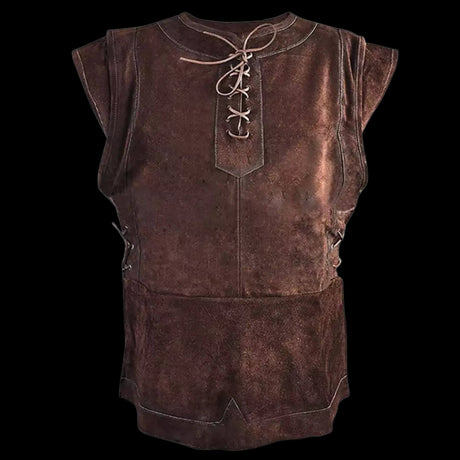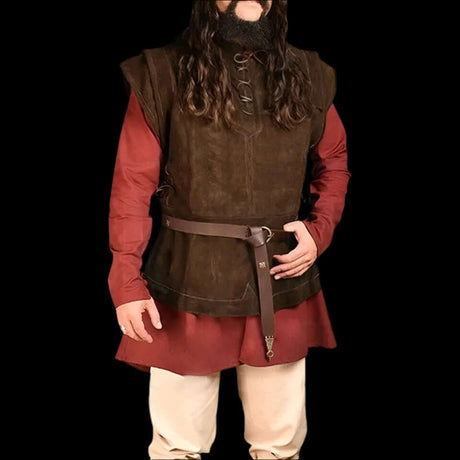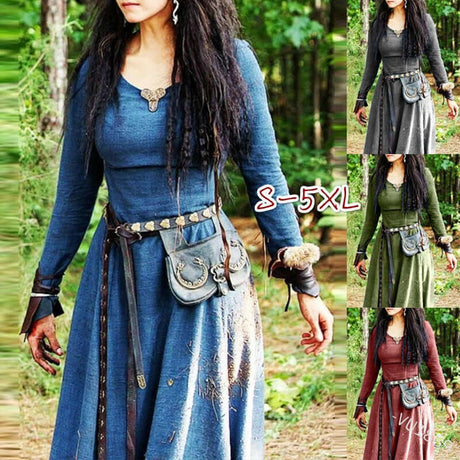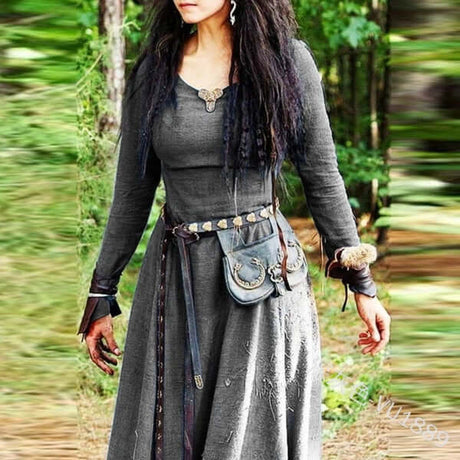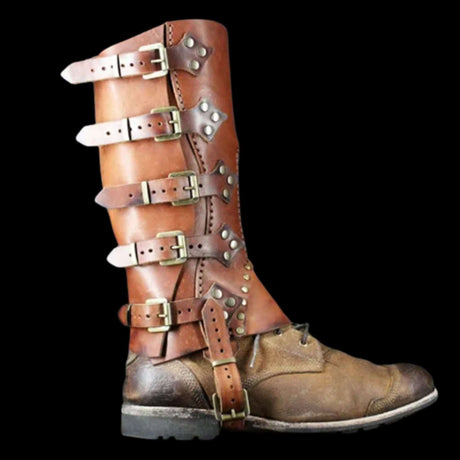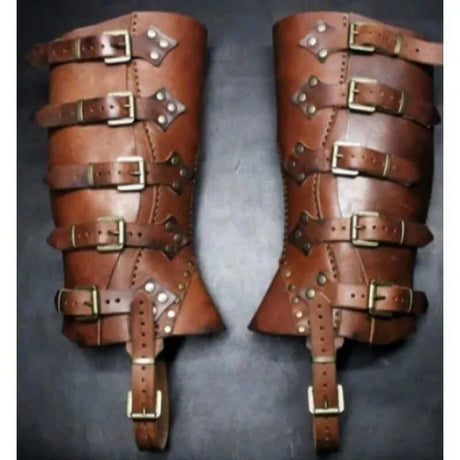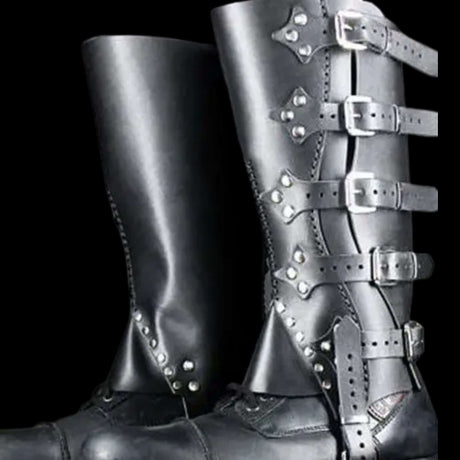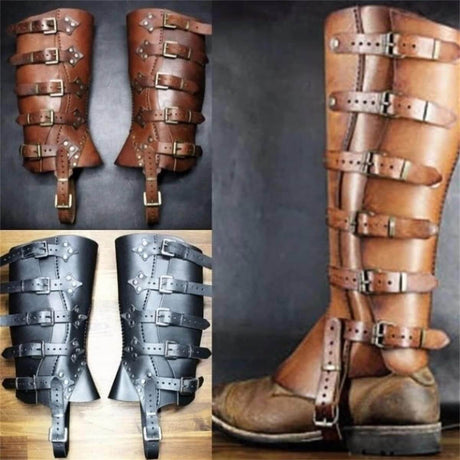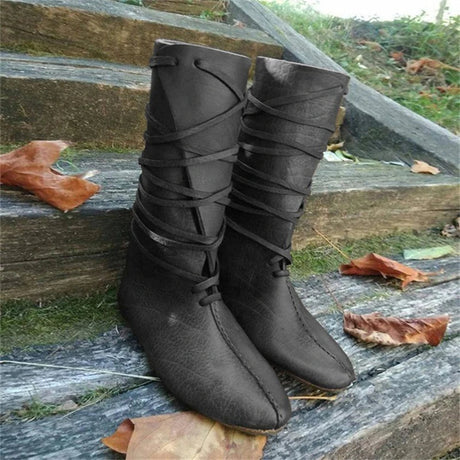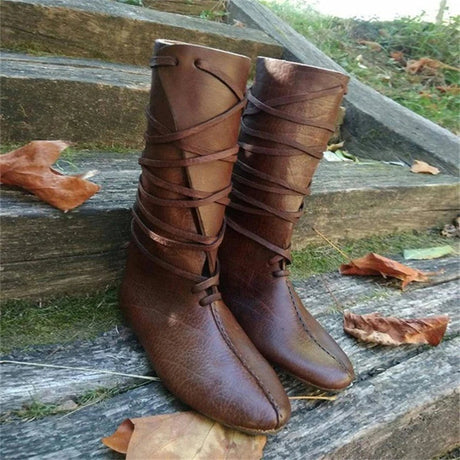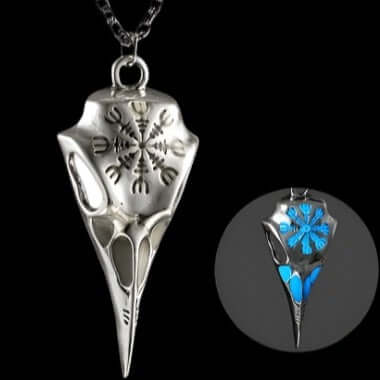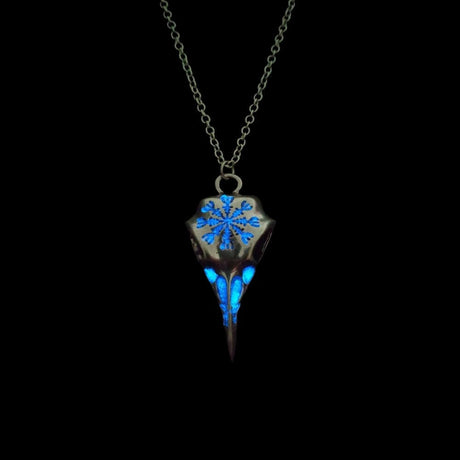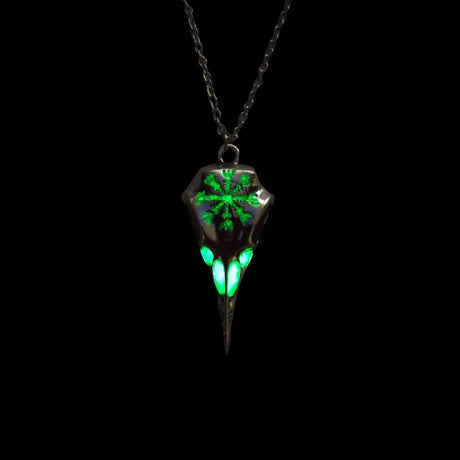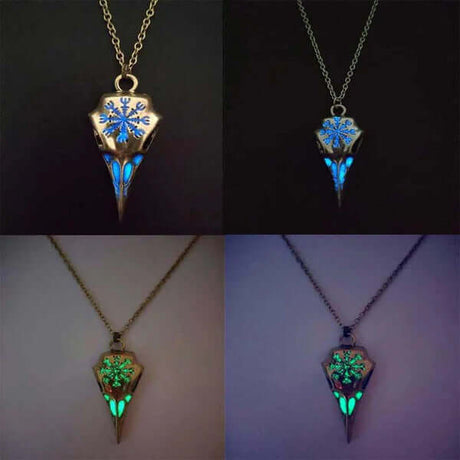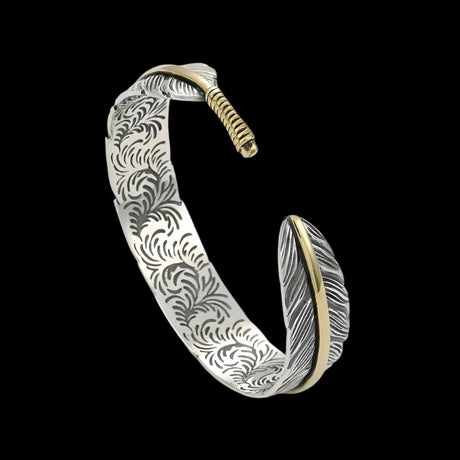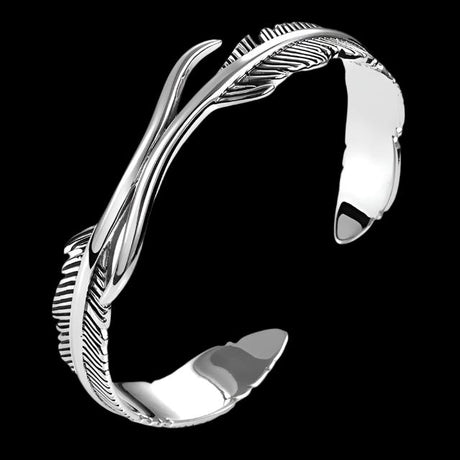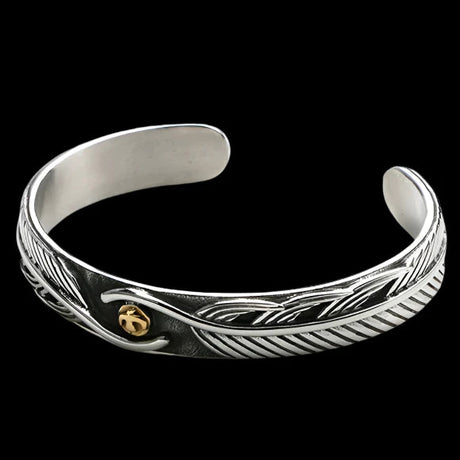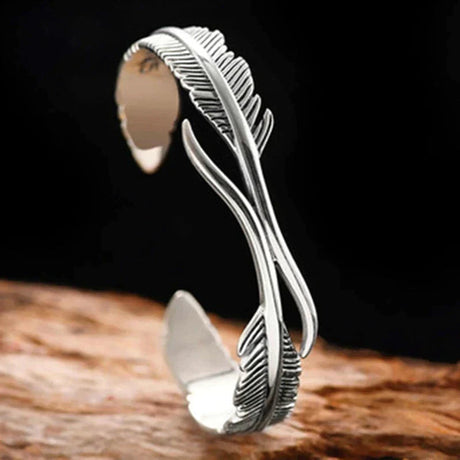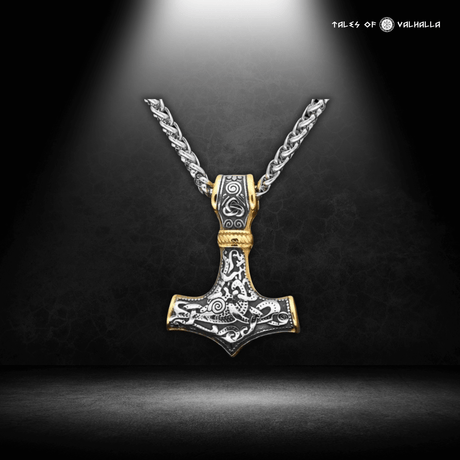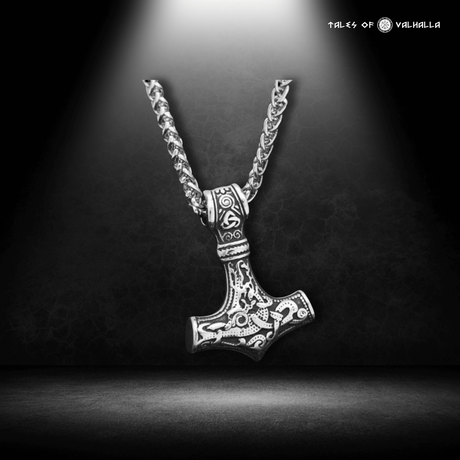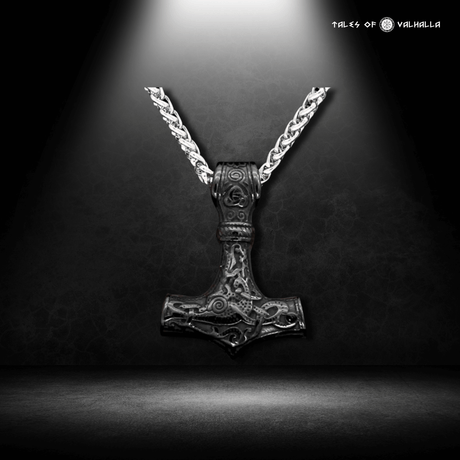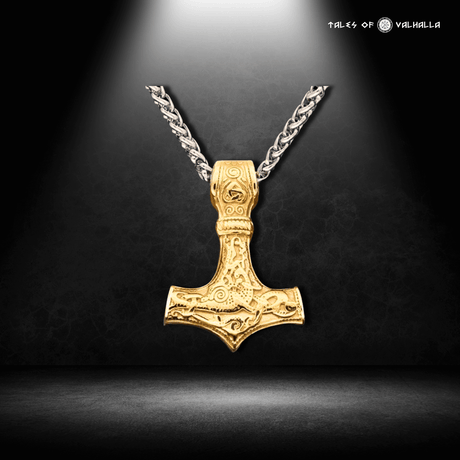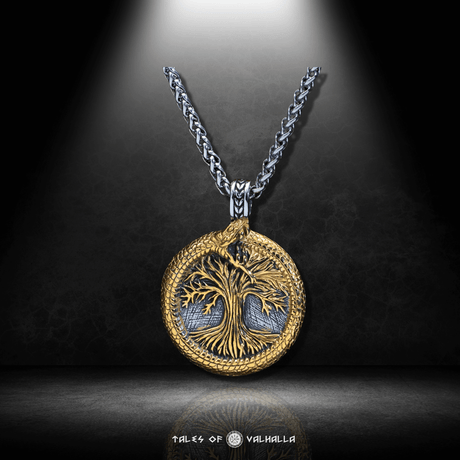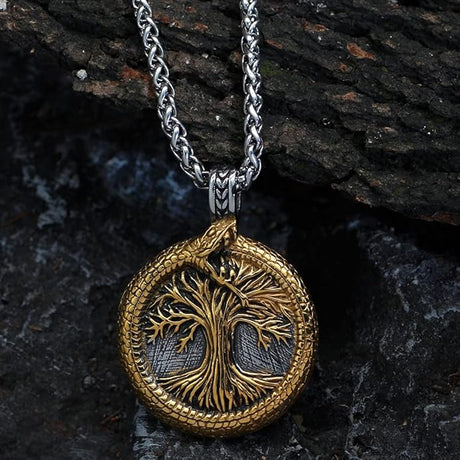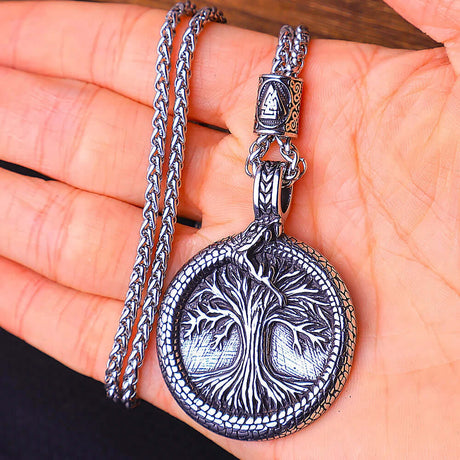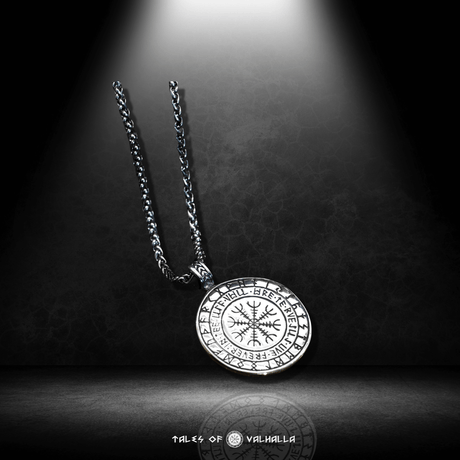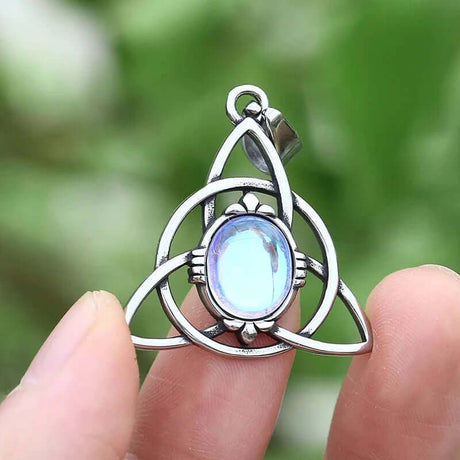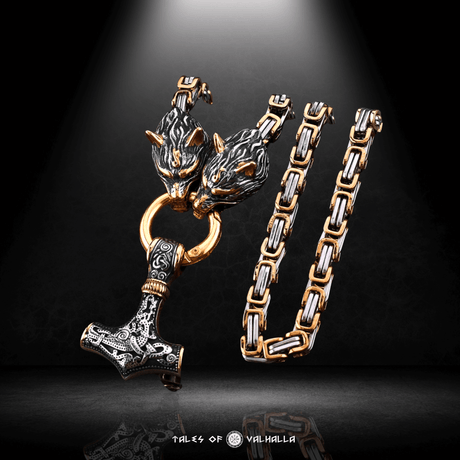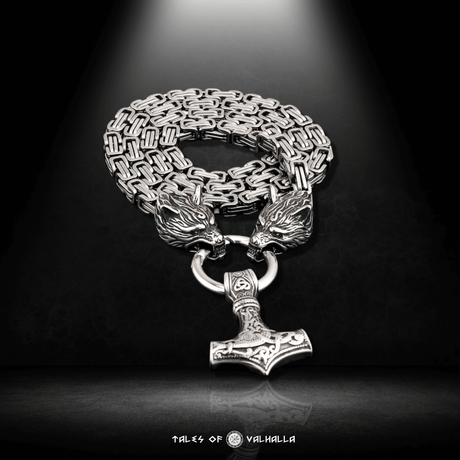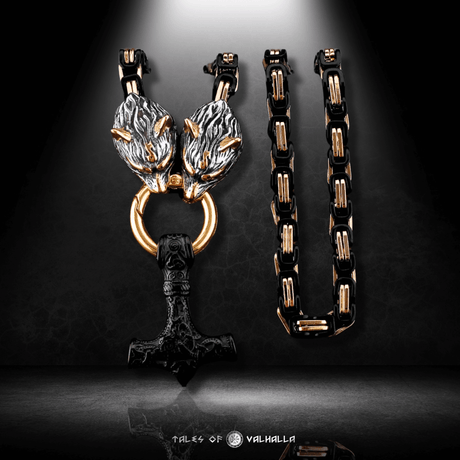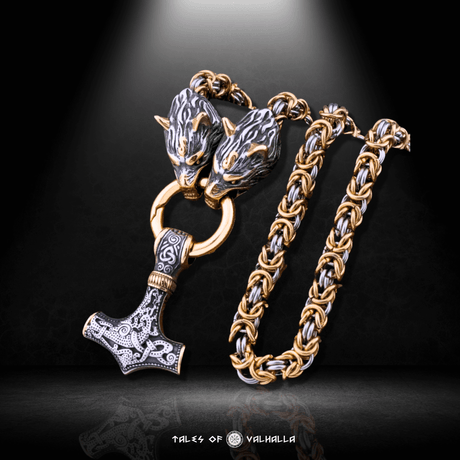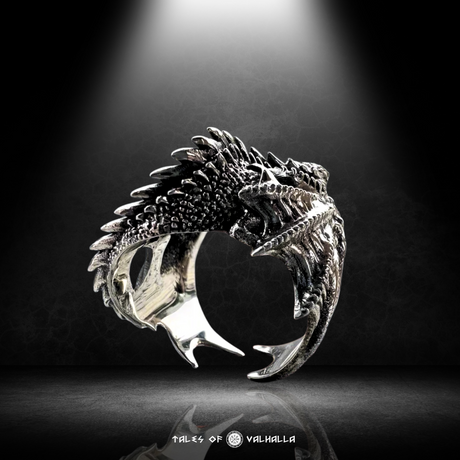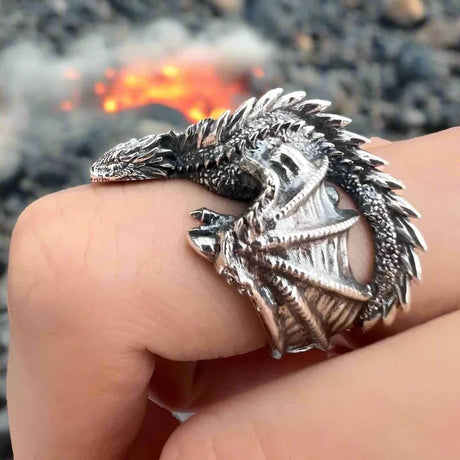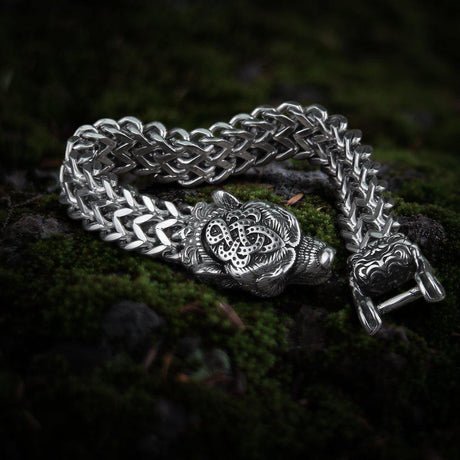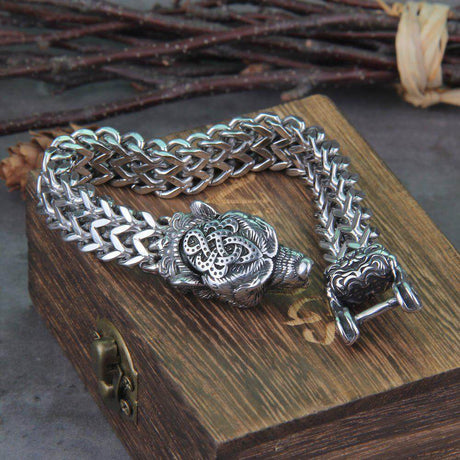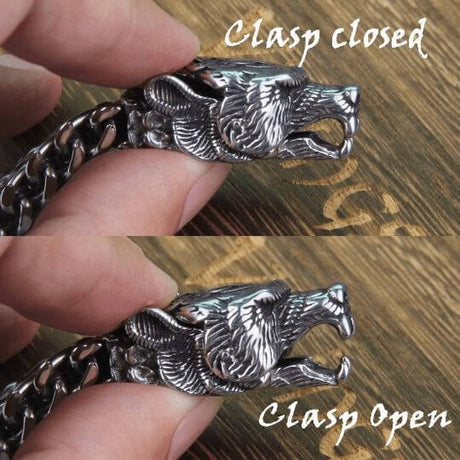The image of the Viking is often inseparable from the idea of tattoos. We see them in movies, TV shows, and video games – intricate knotwork, fierce animal motifs, and powerful runes etched onto the skin of fearsome warriors. But did Vikings really have tattoos? And if they did, what did Viking tattoos look like?
This is a question that has fascinated historians, archaeologists, and tattoo enthusiasts alike. The challenge is that skin doesn't typically survive for a thousand years, leaving us with very little direct evidence. However, by piecing together historical accounts, archaeological finds, and an understanding of Viking culture, we can make some educated guesses and explore the compelling possibilities of Viking Tattoos. This isn't about definitive answers; it's about exploring a fascinating historical puzzle.
The Evidence: A Search for Ancient Ink
Since we can't simply ask a Viking to roll up their sleeve, we have to rely on indirect evidence to explore the possibility of Viking Tattoos.
1. Historical Accounts: A tantalizing, but limited, glimpse.
The most frequently cited piece of evidence comes from Ahmad Ibn Fadlan, a 10th-century Arab traveler who encountered a group of Rus' people (widely believed to be Vikings, primarily of Swedish origin) along the Volga River. His account provides a crucial, albeit debated, perspective.

Historical Accounts: A tantalizing, but limited, glimpse.
-
Ibn Fadlan's Description: He wrote that the Rus' were covered "from the tips of their toes to their necks" with "dark green" or "dark blue-green" "tree patterns" and "figures." This is often interpreted as a description of tattoos. The passage is vivid, but open to multiple interpretations.
-
The Full Quote (for context): "I have never seen more perfect physiques than theirs – they are like palm trees, are fair and reddish. They wear neither kurtakas [short jackets] nor caftans. Every man wears a cloak with which he covers one half of his body, so that one arm is uncovered. Every one of them has an axe, a sword, and a knife and is never parted from any of the arms we have mentioned. Their swords are broad, with wavy lines, and of Frankish make. From the tips of their toes to their necks, each man is covered in dark-green [or dark blue-green] trees, figures, and the like." (Translation varies slightly across sources; emphasis added).
-
Analyzing the Quote:
- "Dark green" or "dark blue-green": This color description is crucial. It suggests a pigment that isn't the typical black of modern tattoos. This has led to much speculation (which we'll discuss later).
- "Trees" and "Figures": This indicates that the designs were not merely abstract patterns but included recognizable images. This suggests a level of artistic sophistication.
- "From the tips of their toes to their necks": This suggests extensive body coverage, which is significant. If accurate, this implies a major commitment to body modification.
- Context of the Rus': It's vital to remember that Ibn Fadlan was describing a specific group of Rus', not all Vikings. Practices could have varied across different regions and groups. He was also an outsider, viewing them through his own cultural lens.
-
Counterarguments and Debates:
- Body Paint? Some scholars argue that Ibn Fadlan might have been describing body paint, not permanent tattoos. Body painting was practiced by various cultures, and the color description could potentially fit certain natural pigments.
- Translation Issues: The original Arabic text has been translated in slightly different ways, leading to some ambiguity in the precise meaning of certain words.
- Limited Scope: Even if Ibn Fadlan was describing tattoos, his account represents a single observation of a specific group of Vikings at a specific point in time. It doesn't necessarily prove that tattooing was a widespread practice among all Vikings.
2. Archaeological Evidence: Frustratingly Scarce
Archaeological evidence that directly proves Viking tattooing is, unfortunately, extremely limited.
- The Problem of Preservation: Skin rarely survives for centuries, even in the best conditions. The acidic soils common in many parts of Scandinavia are particularly detrimental to the preservation of organic materials.
- Potential Tattooing Tools: Small, sharp instruments that could have been used for tattooing have been found at some Viking Age sites. These include bone needles, sharpened pieces of metal, and even thorns. However, these tools could also have been used for other purposes, such as leatherworking, sewing, or even medical procedures. It's difficult to definitively identify a tool as a tattooing implement without other supporting evidence.
- The Pazyryk Burials (A Parallel Example): While not Viking, the Scythian Pazyryk burials in Siberia (dating back to around the 5th-3rd centuries BCE) offer a compelling example of ancient tattooing. The frozen bodies found in these tombs had remarkably well-preserved tattoos, demonstrating that sophisticated tattooing technology existed in other cultures during a similar time period. This shows that the capability for tattooing existed, even if direct Viking evidence is lacking.

Archaeological Evidence: Frustratingly Scarce
3. Cultural Context: Body Modification in Related Cultures
Examining the practices of cultures that interacted with the Vikings, or that shared similar cultural traits, can provide circumstantial evidence.
- Picts and Celts: The Picts, who inhabited what is now Scotland, were known for their elaborate body art, which may have included tattoos (though this is also debated). The Vikings had contact with the Picts, and it's possible that they could have been influenced by their practices. Some evidence suggests that certain Celtic groups may also have practiced tattooing.
- Slavic Peoples: Some Slavic groups, with whom the Vikings also interacted (particularly the Eastern Vikings, the Rus'), are believed to have practiced tattooing. This further strengthens the possibility of cultural exchange and influence.
- Global Tattooing Traditions: Tattooing has a long and rich history in many cultures around the world, from ancient Egypt to Polynesia. The fact that tattooing was practiced by so many different groups suggests that it's not unreasonable to think that the Vikings might have also engaged in this form of body modification.
If Vikings Had Tattoos, What Would They Have Looked Like?
While we can't definitively say what Viking tattoos looked like, we can make educated guesses based on the available evidence and the broader context of Viking art and culture.
- See more: Did the Norse Vikings have tattoos?
Likely Techniques: How Would They Have Been Applied?
- Hand-Poked Method: The most likely method would have been a hand-poked technique, using a sharp, pointed instrument (like a bone needle, a sharpened piece of metal, or even a thorn) to prick the skin and insert pigment. This is a traditional tattooing method used by many cultures throughout history and prehistory. It's a slow and painstaking process, but it allows for a great deal of control and detail.
- Stitching Method: Another possibility is a stitching method, where a needle and pigment-soaked thread were drawn through the skin, leaving a line of pigment behind. This technique is also known from other ancient cultures.
- No Machines!: It's crucial to remember that Vikings did not have access to electric tattoo machines. Any tattooing would have been done entirely by hand, using simple tools.
Pigments: The Colors of the Viking World
- Carbon-Based Black: The most likely pigment for Viking Tattoos would have been a carbon-based black, made from soot or charcoal, mixed with a liquid (water, saliva, or possibly animal fat) to create a paste. This is the most common pigment found in ancient tattoos worldwide, due to its availability and permanence.
- Woad (Debated): Ibn Fadlan's description of "dark green" or "dark blue-green" designs has led some to speculate that Vikings might have used woad, a plant that produces a blue dye. Woad was commonly used to dye textiles in the Viking Age. However, it's uncertain whether woad would produce a permanent tattoo, and whether the color description is accurate.
- Other Plant-Based Pigments (Possible, but Unlikely): Theoretically, other plant-based pigments could have been used, but evidence for this is extremely limited. Many plant dyes are not stable enough to create long-lasting tattoos.

Pigments: The Colors of the Viking World
Designs: Reflecting Norse Culture and Beliefs
If Vikings had tattoos, the designs would almost certainly have reflected their culture, beliefs, and values. Here are some likely possibilities, drawing from Viking art and mythology:
- Runes: The runic alphabet was more than just a writing system; runes were believed to hold magical power. Individual runes, runic inscriptions, or bindrunes (combinations of runes) would have been a logical choice for Viking Tattoos. Each rune had its own associated meanings, and inscriptions could spell out names, words, or protective formulas.
- Knotwork: Intricate knotwork patterns, a hallmark of Viking art, would have been a visually striking and symbolically rich choice for tattoos. Knotwork often represents eternity, interconnectedness, and the cyclical nature of life.
-
Animal Motifs: Animals played a significant role in Norse mythology and Viking culture. Likely candidates for tattoo designs include:
- Ravens (Huginn and Muninn): Odin's ravens, representing thought and memory.
- Wolves (Fenrir, Geri, and Freki): Representing strength, loyalty, ferocity, and sometimes a connection to Odin.
- Serpents/Dragons (Jörmungandr): Symbolizing chaos, destruction, and the cyclical nature of time, but also power and transformation.
- Bears: Representing strength, courage, and protection.
- Norse Gods and Goddesses: While more challenging to depict with simple tools, stylized representations of deities like Odin, Thor, or Freyja might have been used, particularly by those with a strong devotion to a particular god.
- Viking Ships: The longship was a symbol of Viking power, exploration, and seafaring prowess. It's a plausible, though perhaps less common, motif for a tattoo.
- Weapons: Axes, swords, and spears, while perhaps less common as tattoo designs on their own, could have been incorporated into larger scenes or combined with other symbols.
- Geometric Patterns: Simpler geometric patterns, similar to those found on Viking jewelry and other artifacts, are also a possibility.
A Hypothetical Table: Viking Tattoo Designs and Meanings
| Design Category | Specific Examples | Possible Meanings |
|---|---|---|
| Runes | Individual runes (e.g., Tiwaz, Algiz, Ansuz), bindrunes, short inscriptions | Protection, strength, victory, wisdom, communication, fate, personal identification, magical formulas. |
| Knotwork | Interwoven patterns, endless knots | Eternity, interconnectedness, the cyclical nature of life, protection. |
| Animal Motifs | Ravens, wolves, serpents/dragons, bears | Wisdom, loyalty, ferocity, chaos, power, strength, courage. |
| Norse Gods/Goddesses | Stylized depictions of Odin, Thor, Freya, etc. | Devotion to a particular deity, invoking their protection or attributes. |
| Viking Ships | Longships | Exploration, seafaring, adventure, connection to Viking heritage. |
| Weapons | Axes, swords, spears (often combined with other elements) | Strength, courage, warrior spirit, readiness for battle. |
| Geometric Patterns | Simple or complex geometric designs | Could have varied meanings depending on the specific pattern, or be purely decorative. |
This table provides a visual overview of potential Viking Tattoo designs and their associated meanings, drawing on the likely cultural and artistic influences of the Viking Age.
Modern Viking Tattoos: Inspiration and Considerations
Today, Viking Tattoos are incredibly popular, reflecting the enduring fascination with Norse culture. However, it's important to approach these tattoos with respect and awareness.

Modern Viking Tattoos: Inspiration and Considerations
- Research is Key: Before getting a Viking Tattoo, do your research! Learn about the meanings of different symbols and runes. Don't just rely on a quick Google search; consult reputable sources on Norse mythology and history.
- Avoid Hate Symbols: Unfortunately, some Norse symbols have been appropriated by extremist groups. Be absolutely certain that the symbols you choose are not associated with hate ideologies. The Anti-Defamation League (ADL) has resources to help identify hate symbols. Specifically, be cautious with the Valknut and certain rune combinations.
- Find a Skilled Artist: Look for a tattoo artist who has experience with Norse designs and understands the nuances of Viking art. Check their portfolio to see examples of their work. A skilled artist can help you create a beautiful and meaningful tattoo.
- Consider Placement and Style: Think about where you want the tattoo and what style you prefer. Do you want a realistic depiction, a stylized design, or something more abstract? Do you want black and grey, or color?
- Make it Personal: While drawing inspiration from historical sources is great, your tattoo should also be meaningful to you. Choose a design that resonates with your own personal values and story.
The Popularity of Viking Tattoos - A Table
| Area | Metric | Value/Range | Source | Notes |
|---|---|---|---|---|
| Google Trends (US) | Interest Over Time (Past 5 Years) for "Viking tattoo" | Consistently high, with periodic peaks | Google Trends ("Viking tattoo") | Shows sustained interest in Viking tattoos, with spikes suggesting media influence on consumer curiosity. |
| Instagram Posts | Number of Posts with #vikingtattoo | Over 800,000 | Instagram Search (#vikingtattoo) | Reflects a large and active online community sharing Viking tattoo designs and ideas. |
| Tattoo Artist Data | Anecdotal Reports from Tattoo Artists | Increasing demand for Norse and Viking-themed tattoos | Interviews with tattoo artists, industry articles | Many tattoo artists report a noticeable rise in requests for Viking and Norse tattoo designs. |
| Market Research | Reports on Tattoo Industry Trends | Growing popularity of historical and mythology-themed tattoos | IBISWorld, other market research firms | Indicates a broader trend towards tattoos with deeper meaning and cultural significance, including Viking-inspired designs. |
Conclusion
The question of "What did the Vikings' tattoos look like?" is ultimately unanswerable with complete certainty. However, by carefully examining the available evidence – historical accounts, archaeological finds, and the broader context of Viking culture – we can develop a plausible picture of what might have been. And, perhaps more importantly, we can understand why the idea of Viking Tattoos continues to resonate so strongly today.
Viking Tattoos, in their modern interpretations, offer a powerful way to connect with history, to express personal values, and to adorn the body with art that is both beautiful and meaningful. Whether you're drawn to the strength of a warrior's axe, the wisdom of Odin's ravens, or the intricate beauty of Norse knotwork, a Viking Tattoo can be a powerful statement of identity and a lasting tribute to a legendary culture. Remember to research your chosen design, find a skilled artist, and approach the process with respect for the history and symbolism involved. Let your ink tell a story, a story that connects you to the past and reflects your own unique journey.
FAQs
1. Did Vikings really have tattoos?
While there's no irrefutable proof (preserved skin), the strongest evidence comes from a 10th-century account by Ahmad Ibn Fadlan, who described "dark green" or "blue-green" markings on the Rus' (likely Swedish Vikings). Archaeological finds of potential tattooing tools, and the prevalence of tattooing in related cultures, make it plausible.
2. What color were Viking tattoos?
If Ibn Fadlan's account refers to tattoos, they were likely dark green, dark blue-green, or possibly black. The most probable pigment was carbon-based (soot or charcoal). Woad (a blue dye) is a possibility, but debated.
3. What designs were common in Viking tattoos?
Based on Viking art and mythology, likely designs included runes (the Viking alphabet), knotwork (interwoven patterns), animal motifs (ravens, wolves, serpents), and symbols like Thor's hammer or the Valknut.
4. How would Vikings have made tattoos?
The most likely method was hand-poking, using a sharp object like a bone needle or sharpened metal to prick the skin and insert pigment. A stitching method, using a needle and pigment-soaked thread, is also possible.
5. Are all Norse symbols okay to use for tattoos today?
No. Some Norse symbols, like the Black Sun (Sonnenrad), have been appropriated by hate groups and should absolutely be avoided. The Valknut also has some modern extremist associations, so use it with caution and be prepared to explain its historical meaning. Research is crucial.
6. Where can I get inspiration for an authentic Viking tattoo?
Research Norse mythology (the Eddas and Sagas), study Viking Age art (jewelry, carvings, runestones), and look at archaeological finds. Consult with tattoo artists experienced in Norse designs, and always double-check the meaning and context of any symbols you choose.

